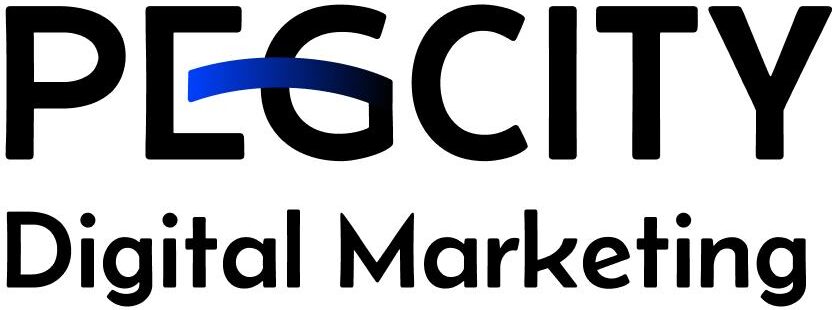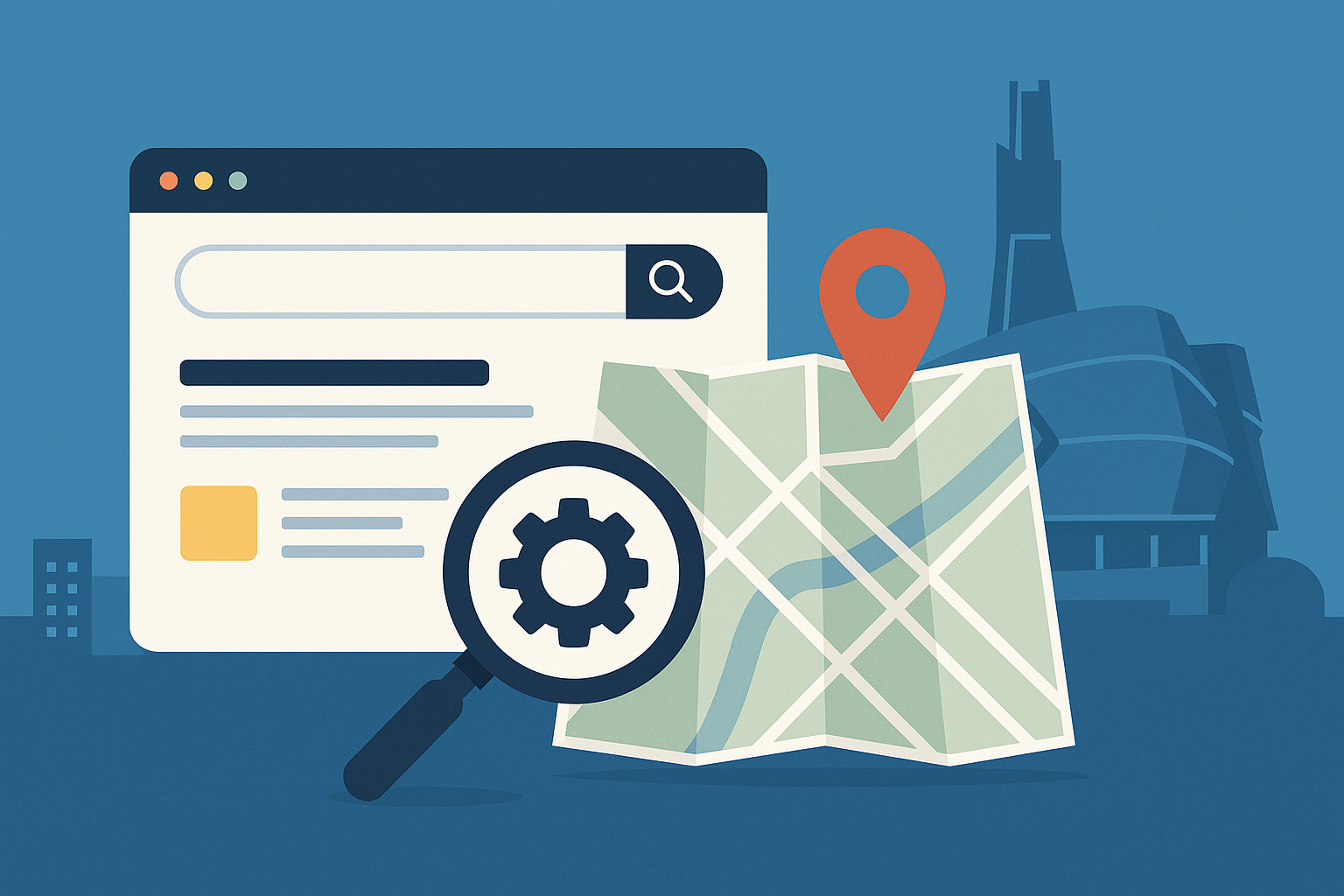How to Get on Google Maps? If customers can’t find you online, they might not find you at all. That’s why getting your business on Google Maps is one of the smartest steps you can take to attract local customers, especially in 2025 when local search is more important than ever.
In this guide, we’ll walk you through how to add your business to Google Maps, why it matters for visibility and SEO, and some pro tips to help you stand out from the competition.
Why Being on Google Maps Matters
These days, people don’t just search for a business; they search for “businesses near me”. Showing up on Google Maps means your business can appear in local searches, Google’s Local Pack, and even voice searches through Google Assistant.
Here’s why that’s a big deal:
Increased visibility – Your business appears right where people are looking.
Better local SEO – Google Maps listings help boost your chances of ranking in local search results.
Customer trust – A verified Google Maps listing with good reviews builds credibility.
More traffic – Both foot traffic and website visits can increase just from being listed.
Step 1: Create or Claim Your Google Business Profile
To show up on Google Maps, your business must have a Google Business Profile (formerly Google My Business). Here’s how to set it up:
Click “Manage Now” and sign in with a Google account.
Enter your business name. If it shows up, click on it. If not, select “Add your business to Google.”
Choose your business category (e.g., “digital marketing agency”).
Add your location address if you serve customers at a physical location.
If you offer services in a wider area, like a plumber or freelance marketer, you can add service areas instead.
Add your phone number, website, and other details.
Step 2: Verify Your Business
Google wants to make sure your business is legit before adding it to the map. You’ll need to verify your listing, usually by mail. Google will send a postcard with a verification code to your business address.
Other verification options (depending on your business) may include:
Phone or email
Video recording or live video call
Once verified, your business will appear on Google Maps and in search results.
Step 3: Optimize Your Listing for Local SEO
Just being on the map isn’t enough; you want to rank high when people search. Here are some optimization tips:
Add Complete Information
Fill out every section of your profile: hours, services, business description, photos, and FAQs. The more complete your profile, the better your chances of ranking.
Use Keywords Strategically
Include local SEO keywords in your business description, like:
Plumbing services in [City]
Product Design experts near me
Add High-Quality Photos
Photos build trust and help customers see what to expect. According to Google, businesses with photos receive 42% more requests for directions and 35% more clicks to websites.
Ask for Reviews
Customer reviews are crucial for local SEO. Ask satisfied clients to leave a review, and always respond to good and bad reviews.
Step 4: Keep Your Info Updated
If you move, change your phone number, or adjust your hours, update your Google Business Profile. Consistency is key for building trust with both users and Google’s algorithm.
Step 5: Use Insights to Track Performance
Google provides Insights that show how people find your business, what actions they take (calls, clicks, direction requests), and how your listing is performing. Use this data to improve your visibility and engagement.
How to Get on Google Maps: Final Thoughts
Getting on Google Maps isn’t just a one-time task, it’s part of an ongoing strategy to improve your local SEO and build trust with customers in your area. If you want to reach more local clients, rank higher in search, and increase foot traffic, this step is non-negotiable.
At PegCity Digital Marketing, we help businesses optimize their local presence from setting up their Google Maps listing to managing reviews and boosting visibility through SEO. Want help getting noticed online? Let’s talk.



